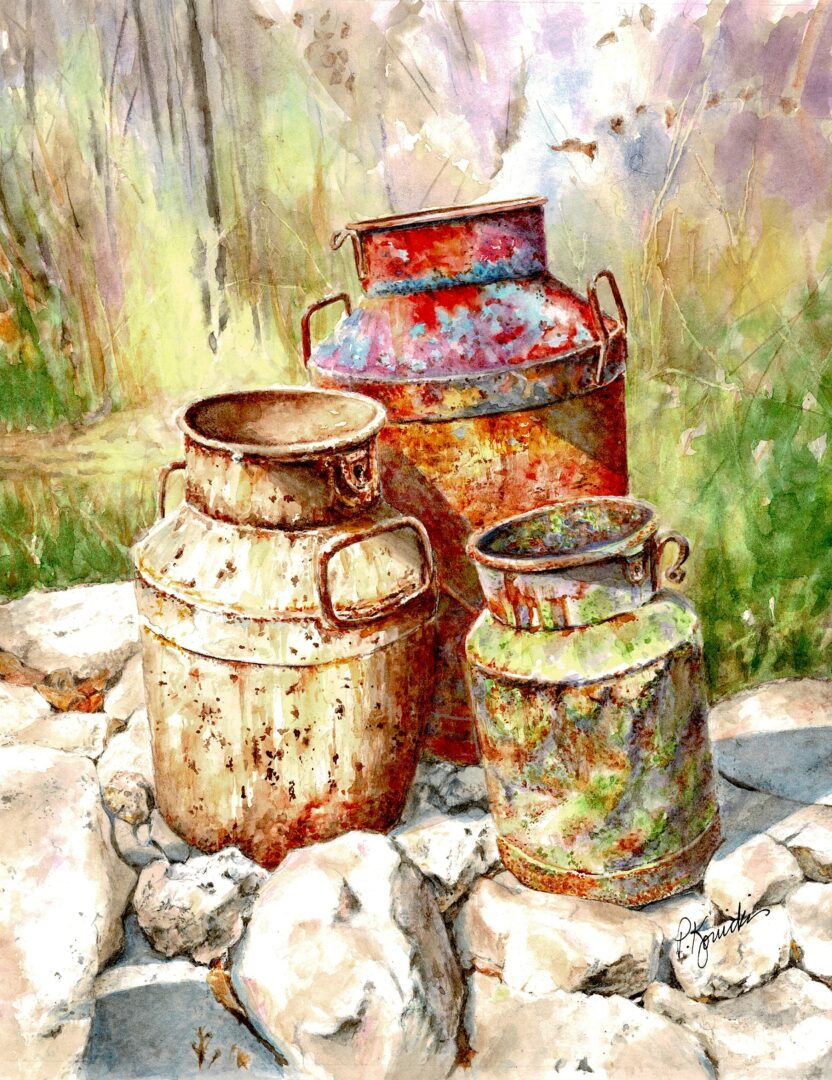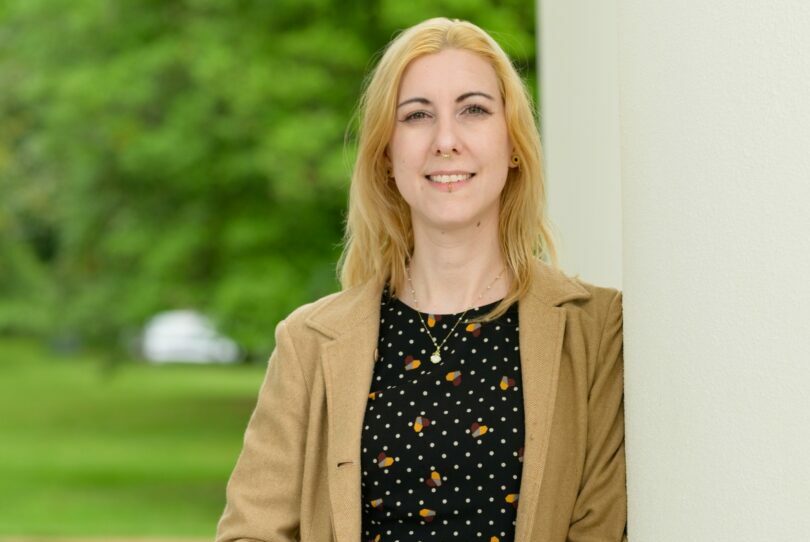Pat Konicki shared their story and experiences with us recently and you can find our conversation below.
Hi Pat, thank you for taking the time to reflect back on your journey with us. I think our readers are in for a real treat. There is so much we can all learn from each other and so thank you again for opening up with us. Let’s get into it: What’s more important to you—intelligence, energy, or integrity?
Artistic integrity is important because involves a commitment to the vision, values, and creative process itself, regardless of whether it receives accolades or commercial success. This means doing your best every day, even when facing self-doubt or creative blocks, crafting from a place of genuine passion and personal experience, rather than imitating popular styles or trends to gain recognition or profit. Thus, the artist is driven by an internal motivation to create, rather than seeking external validation. The work is then a true reflection of the artist’s inner thoughts, feelings, and worldview.
Can you briefly introduce yourself and share what makes you or your brand unique?
After graduating from the American Academy of Art in Chicago, I began a career as an art director, graphic designer and illustrator. This led to opening a graphic design and advertising firm in Miami serving clients in various industries. Eventually relocating to the Carolinas, its surroundings inspired my reintroduction to painting.
The unique qualities of the PKonicki Art brand are rooted in a desire to elevate ordinary subjects that may be decayed, abandoned or dismissed, and inspire a new appreciation for rural life. The inherent beauty and splendor of these forgotten treasures, however ordinary, are captured using watercolor to create unique detailed studies. I encourage viewers to look more closely at the world around them and instill a greater sense of value for the subject matter.
Many of my works are now licensed by McGaw Graphics, Inc., and a watercolor workshop is in development.
Amazing, so let’s take a moment to go back in time. Who taught you the most about work?
My disabled father was a role model for hard work. He held a full-time job and together with my disabled mother raised three children without government or community assistance. He modeled crucial life skills like resilience, strength, and integrity and fostered a belief that obstacles can be overcome through ingenuity and persistence. Challenges and responsibility were a normal part of life for me yet cultivated independence, accountability and self-sufficiency.
My father possessed remarkable talent in both art and calligraphy, and this expertise played a significant role in nurturing my own artistic growth. His achievement of earning a scholarship to the American Academy of Art served as a source of inspiration for me. Although he chose not to pursue art professionally, his encouragement and support were instrumental in my decision to follow an artistic career path.
What did suffering teach you that success never could?
Suffering taught me resilience, humility, empathy, and self-awareness that success often bypasses, as it forces us to confront our limitations, adapt to challenges, and develop inner strength and faith rather than rely on external validation. Success can provide confidence and validation but rarely demands the deep introspection or flexibility that adversity requires for true personal growth.
Next, maybe we can discuss some of your foundational philosophies and views? What are the biggest lies your industry tells itself?
There are many lies and misrepresentations in the art industry. The art world’s emphasis on art history, theory, and provenance creates an intimidating, elitist atmosphere. This lie suggests that ordinary people cannot appreciate art without an advanced degree, when in fact art is a deeply personal experience.
Another is the effect of publicity, “influence”, and good reviews on sales. While exposure helps, it does not guarantee a purchase. The art market is influenced by numerous factors, and ultimately, a piece must resonate with a buyer for a sale to occur.
An additional misconception is that because modern and contemporary art may not contain technical skill or be photorealistic that its value is diminished. Conceptual art has proven that a work’s worth can lie in the idea it represents.
Okay, we’ve made it essentially to the end. One last question before you go. What do you understand deeply that most people don’t?
What I understand deeply most people don’t is that success is not guaranteed; it must be earned through persistent effort and dedication. Achievements, however, you choose to define them, are the result of consistent hard work and a willingness to overcome obstacles. The journey from dreams to reality is often challenging, requiring flexibility, strength, and an unwavering commitment to personal goals. Ultimately, you must do the work to create achievements or success—no one else can do it for you.
Contact Info:
- Website: https://www.pkonicki.art
- Instagram: @pkonickiart
- Facebook: PKonicki Art
- Other: Art Licensing: https://www.mcgawgraphics.com/collections/pat-konicki
Pixels: https://pixels.com/profiles/pat-konicki
Fine Art America: https://fineartamerica.com/profiles/pat-konicki








so if you or someone you know deserves recognition please let us know here.




